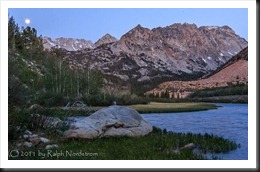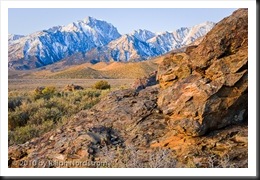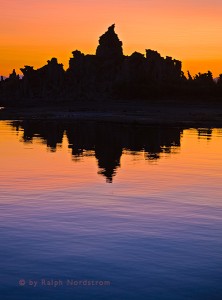I recently returned from seven fantastic days of an exciting photography workshop in the Eastern Sierra (any day or night in the Eastern Sierra is fantastic). I organized all of my photographs in Lightroom. And I thought it would be a good idea to share the steps I go through in case you might find it useful.
Import
I try to keep up with importing the photographs from the day’s shoots into the copy of Lightroom running on my laptop. I’m not going to go into the specifics of the import process but you can read about it here.
Lightroom Tutorial – Importing Photographs
I’ve set up Lightroom to apply certain adjustments to the files as they are imported. For example, Lightroom applies adjustments in the following Developer areas – Basic, Tone Curve, Detail (capture sharpening), Lens Correction (lens make and model) and Camera Calibration (Process and Profile). The details are spelled out in this post.
Lightroom Tutorial – Camera Specific Presets
Continue reading “Lightroom Tutorial – When You Get Home”
(2693)





